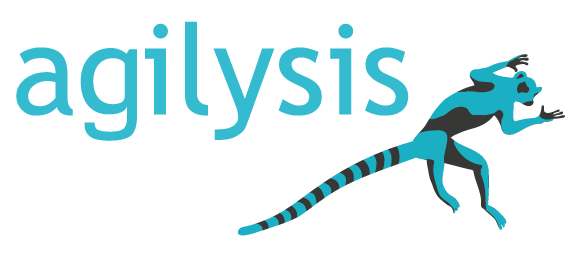

The Agilysis team are excited to be back in Tallinn running a two-day course on Evaluating Road Safety Interventions for the Estonian Roads Authority. The approach taken in the UK towards evaluating the impact of road safety interventions such as engineering and enforcement schemes is well developed with a strong focus on trying to understand the effect of the scheme and discounting other factors which may be influencing observed results.
We believe that there are several simple techniques that can be used by other road administrations to review the effectiveness of their own schemes and to target ‘dangerous roads’ based on existing evidence. Rather than outsource the analysis and evaluation there is a desire to improve the skills and knowledge of the internal team and this course offers an opportunity to learn about best practise from the UK as well as achieve a practical outcome in revealing the impact of a specific road safety intervention in Estonia.
The two-day course will therefore provide a mixture of lectures and workshops tailored to the needs of the ERA. The course outline if as follows:
Road safety data sources
Collision data – International standards, UK STATS19
Traffic Surveys
Compliance data
Simple techniques for reviewing performance
Road safety trends
Pre- and post-intervention collision counts
Using collision and casualty rates
Collision density
Risk rates
Population statistics
Confounding factors
Regression to mean
Vehicle improvements
Education and enforcement
iRAP & ViDA
International standards
Inter-urban routes
Urban environments and vulnerable road users
MAST Online
Multi-dimensional analysis
Socio-demographic profiling
Data visualisation
Publishing information
Informing stakeholders
Analysing interventions
Theory
Data requirements
Case studies
RAPTOR tools
Practical evaluation
Speed cameras in Estonia
The final session involved using pre-supplied data on speed cameras in Estonia and analysing them using the tools and techniques covered in the previous sessions. Agilysis and the ERA will continue to work on this data to see how effective the techniques and training were.


